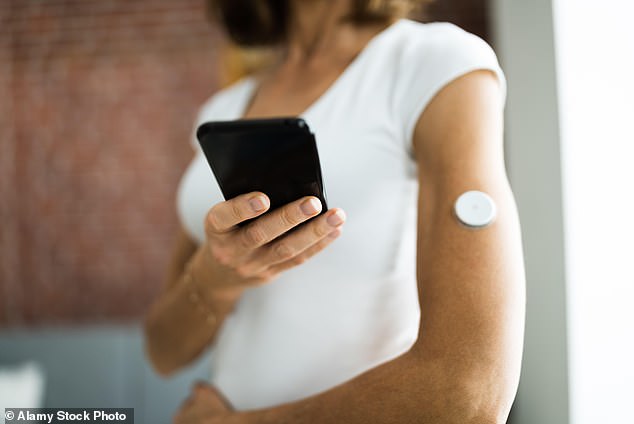
Urgent Recall of Medical Device Used by Millions Over Life-Threatening Malfunction Risk
Urgent Recall of Dexcom Glucose Monitors Affects Millions: FDA Issues Class I Alert
The FDA has announced a critical recall of over 2.2 million Dexcom glucose monitors due to a malfunction that could delay life-saving alerts for diabetics. The devices, including the Dexcom G6, G7, One, and One+ systems, may fail to sound alarms for dangerously high or low blood sugar levels, risking seizures, fainting, or even death if untreated. The recall has been classified as Class I, the FDA’s most severe warning.

The FDA warns that defective Dexcom monitors may not alert users to dangerous blood sugar fluctuations.
What’s the Issue?
A manufacturing defect—faulty foam or assembly errors—causes the speaker in the devices to disconnect from the internal circuit. While vibrations and visual alerts still work, the missing audible warnings could prevent users from addressing emergencies promptly. As of May 2025, 112 global complaints linked to the flaw have been reported, including 56 severe cases involving seizures, unconsciousness, and vomiting.
Affected Models
The recall spans:
- Dexcom G6 and G7 Receivers (handheld devices showing glucose data).
- Dexcom One and One+ Systems (smartphone app-based monitors).
Over 1.9 million G7 models are impacted, alongside 182,000 G6 units, 76,000 Dexcom One, and 59,000 One+ systems. Specific SKU codes are listed in the FDA report.

Recalled models include Dexcom’s G6, G7, One, and One+ systems.
Why It Matters
Diabetes affects 38 million Americans, with nearly 100 million prediabetic. Dexcom’s continuous glucose monitors (CGMs) reduce reliance on finger-prick tests by providing real-time glucose readings via a wearable sensor and transmitter. Alerts are vital for managing hypoglycemia (low blood sugar) and hyperglycemia (high blood sugar), which can escalate rapidly.
What to Do Next
Users should:
- Check if their device is part of the recall using the SKU codes.
- Contact Dexcom for a free replacement receiver or app troubleshooting.
- Enable vibration/visual alerts and monitor glucose levels manually until resolved.

Silent alarms pose severe risks, including coma or death from untreated blood sugar extremes.
Global Impact
Sold in 42 countries, Dexcom devices are widely used for diabetes management. While replacements are underway, users are urged to stay vigilant. For assistance, visit Dexcom’s support page or contact your healthcare provider.
Stay informed and prioritize safety—check your device today.
(Word count: ~600)


